In the Old West, the mid- to late-1800s was a time of rapid expansion. Young men fresh from the horrors of America’s Civil War were eager to make their way to the country’s western frontier. They settled in states like Montana, Wyoming, and Nevada, looking to extract the wealth of the land (mainly gold, silver, timber, and coal).
Their settlements lived and died on the price of the resources being extracted from the hills. When the price dropped or mining was no longer economical, people moved on – leaving behind a piece of history. To this day, the mountains of our home state of Montana are dotted with the ghost towns of the era – a reminder of the boom-and-bust cycles that used to dominate the frontier.
Exploring a Ghost Town
The day after Thanksgiving is usually reserved for gratuitous consumerism here in the U.S., and Jen, my mother, and I wanted to avoid the crowded streets and sidewalks. So we set out on a hike to see the beauty of the ghost town of Elkhorn, Montana. Wandering among the buildings with my family, I noticed a few other families visiting, some with young children who seemed to enjoy learning about the historical significance of this place.
Elkhorn isn’t a touristy ghost town like you might find elsewhere in Montana (namely Virginia City, Bannack, and Garnet). There’s just a couple signs mapping out where some of the old buildings are and explaining the purpose they once served.
We were surprised to find that a few residents still live in Elkhorn, and most of the town is private property. The locals we encountered seem to enjoy seeing tourists come to learn about their town’s history, and some are friendly enough to give a personal account of what it’s like to live there.

Life in Elkhorn, MT
One aspect that set Elkhorn apart from other mining camps of the day was how family-friendly it was. Most frontier towns built on resource extraction were populated exclusively by single men who came to work in the mines.
But Elkhorn attracted families, mostly recent immigrants from Europe. Instead of bars and brothels, Elkhorn had a two-lane bowling alley, a school, and a number of stores. The families made Elkhorn their home, with the intention to stay for the long haul. During periods when the mine didn’t provide the men with enough income, they set out into the forests to cut timber.

Fraternity Hall and Gillian Hall are the best-preserved buildings in town, and together make up Montana’s smallest state park. These two buildings were at one time the center of town life. Fraternity Hall’s downstairs was a place for social gatherings like dances and concerts, while the upstairs was used for meetings. Gillian Hall served as a store, saloon, and, prior to the construction of Fraternity Hall, a dancehall.
Walking the streets of Elkhorn definitely makes you think about the lifestyles of those who lived here before. They came here hoping for the freedom to make a better life, thinking they could make a living in the wide-open spaces of Montana.
Through backbreaking work, some did make enough to get by, but many also experienced great hardship. Residents lived a life of isolation here, a couple days by horse from Helena, the closest town with over 10,000 people at the time.

How Elkhorn Became a Ghost Town
In 1888 and 1889, the town was hit with an epidemic of diphtheria. Children and the elderly are particularly susceptible to the disease, and its death rate at the time was 20%. The epidemic devastated the small town and, in combination with low silver prices, led to its demise at the turn of the century. The town cemetery, a mile up the mountain, tells this grim story.
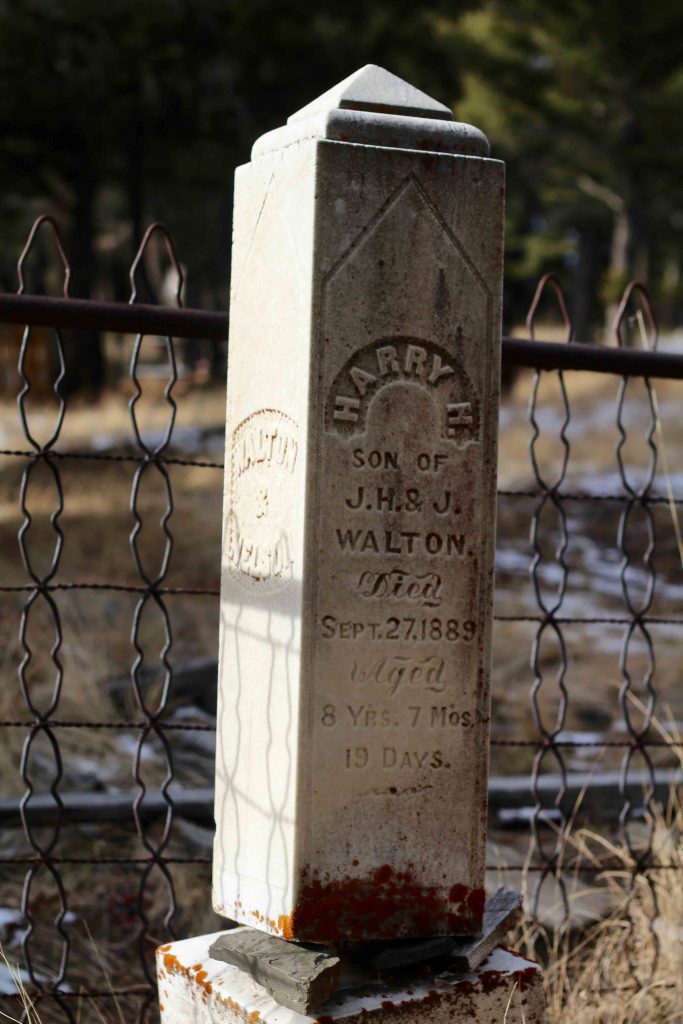
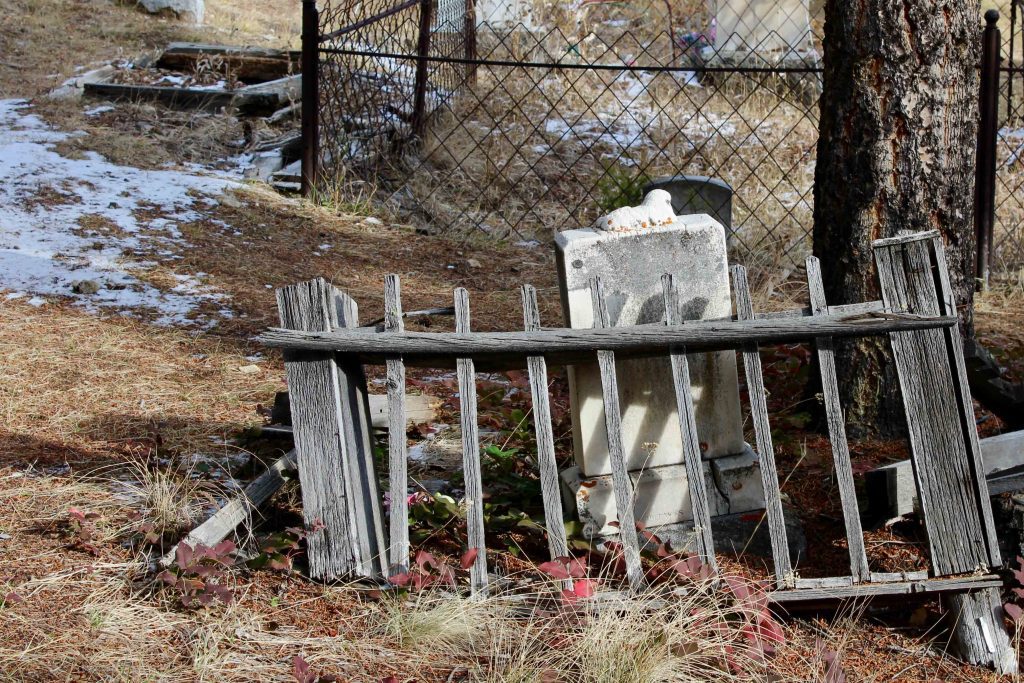

Elkhorn is located 18 miles northwest of Boulder, MT, and 47 miles southeast of Helena. The roads are good enough for any vehicle to access the town, though the road up to the cemetery is narrow and less well-maintained.
Have you been to Elkorn, or any other Montana ghost towns?
PIN IT!
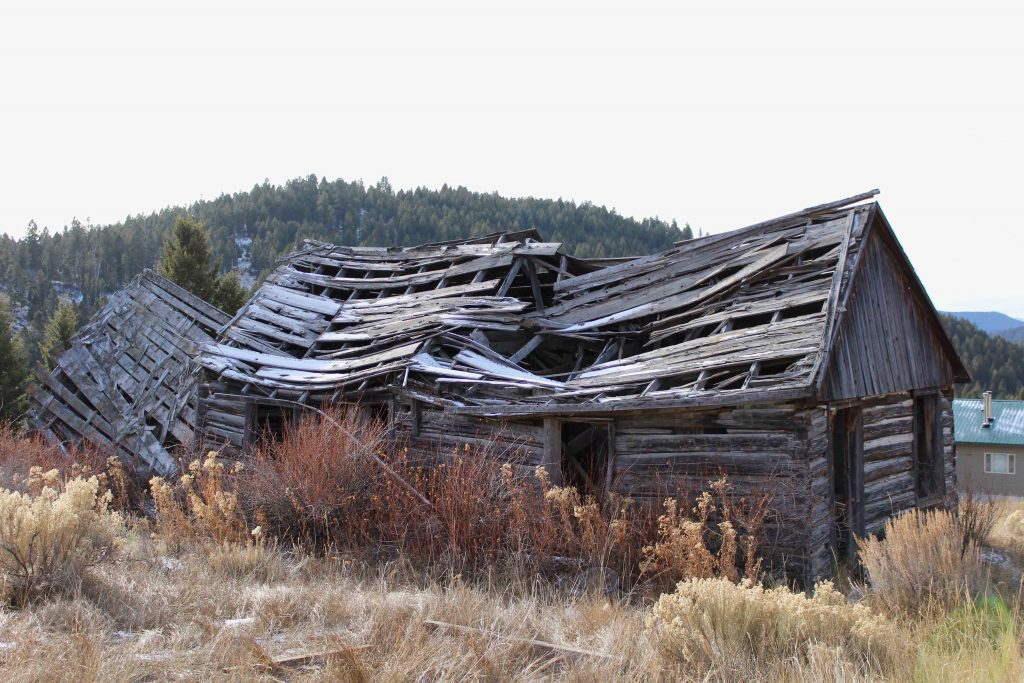


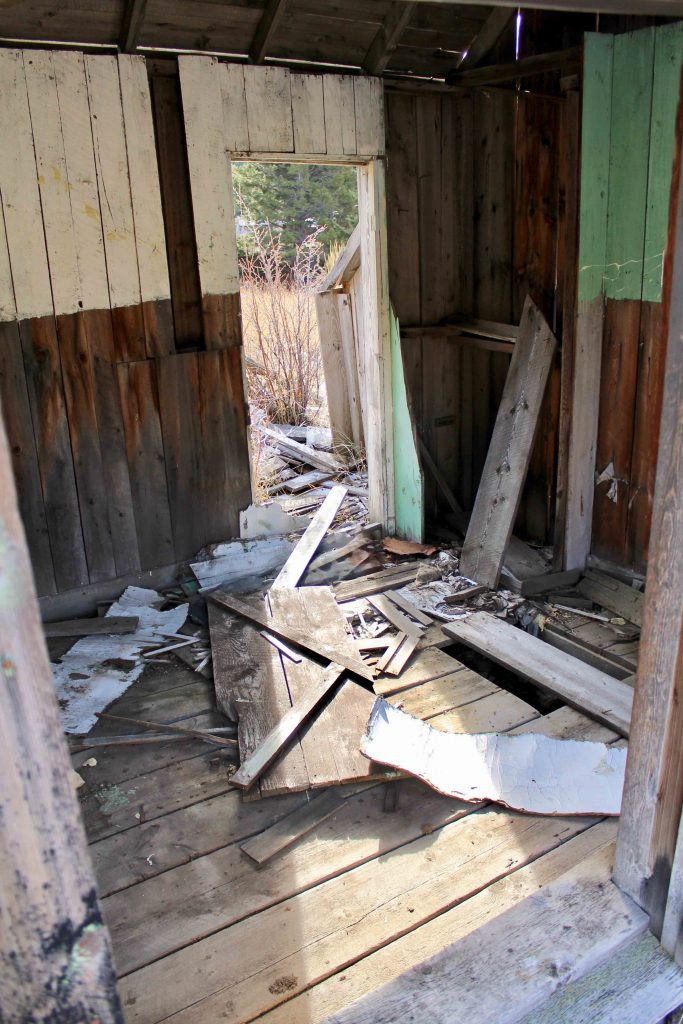
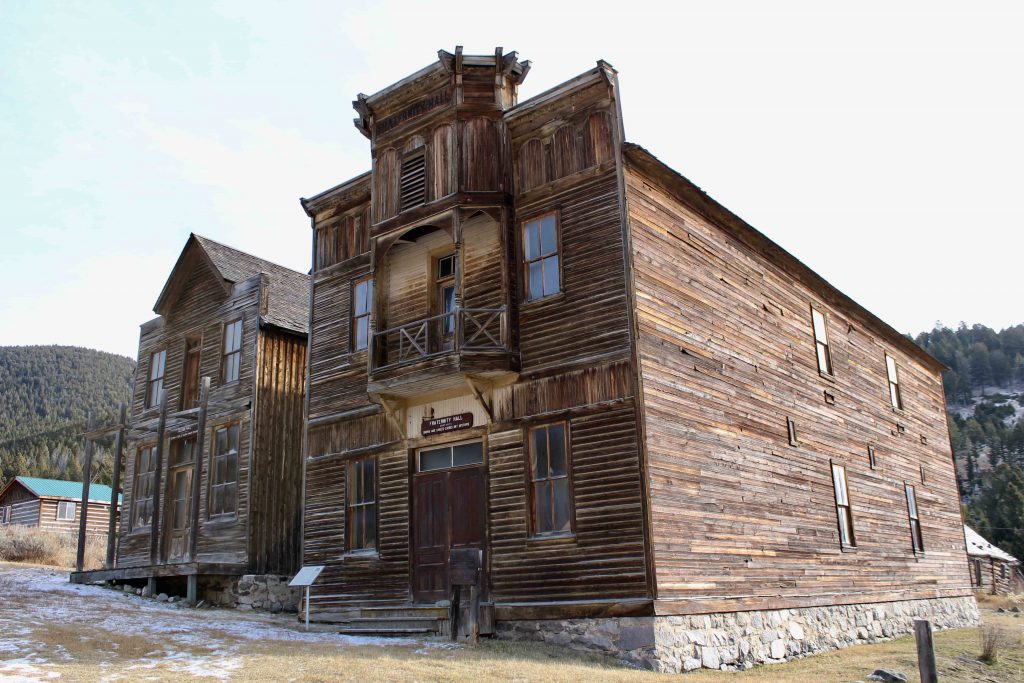





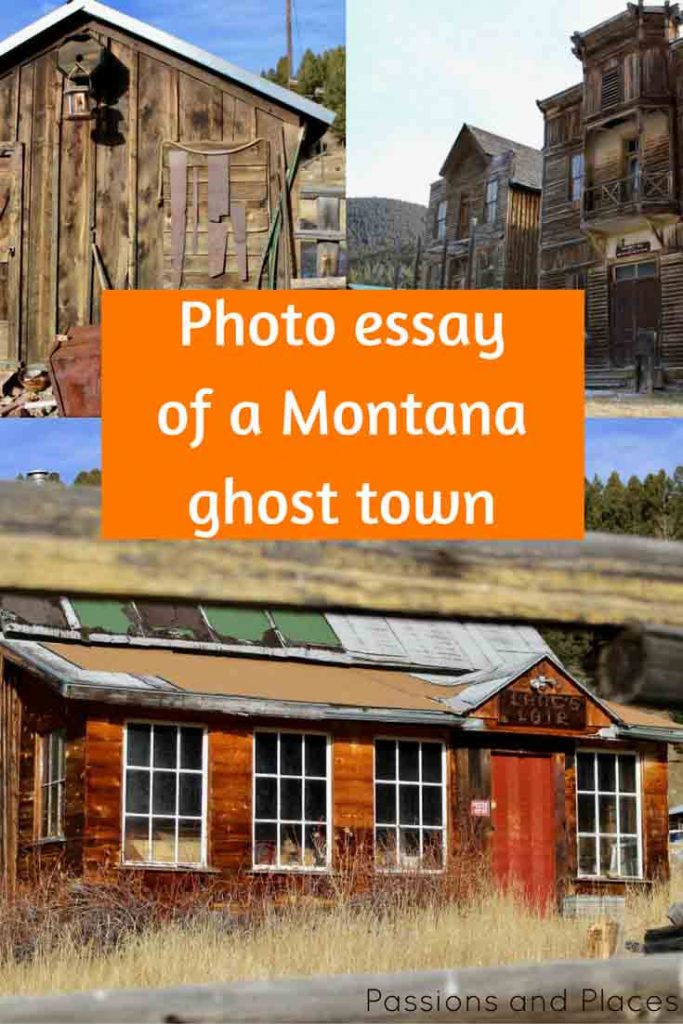
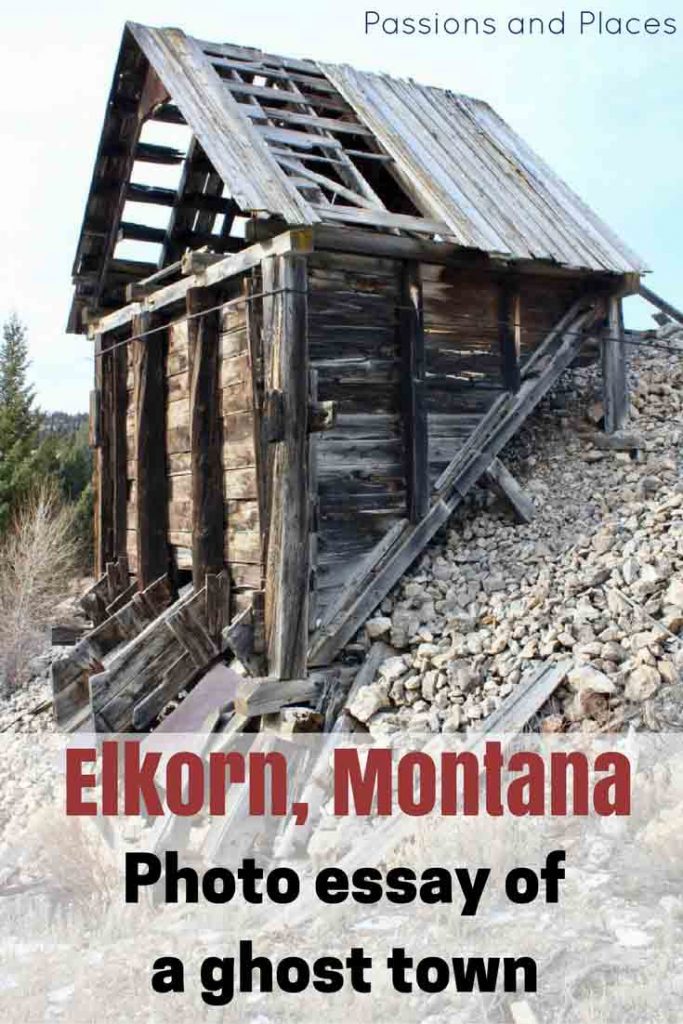
Great photo piece. I have done considerable research on Elkhorn. My grandfather and his sister were born in the town in the 1890s. My great great grandparents and my my grandfather’s uncle were residents of the town. Great great grandfather and uncle worked in the mine.
That’s so cool and I’m glad you found our post! It’s such an interesting little town – have you been out there?
Getting back to you. I have a number of photos of Elkhorn in the 1890s which I inherited
from my grandfather. Also many that I have located in MT and elsewhere, several maps of
the town. I was planning to visit in the last year…but the coronavirus ended those plans
for a while.
Hope that you have been safe and well on your travels.
Sad to hear that Covid cut into your plans. We’ve been sticking around Montana for the past year, exploring every corner of the state. It’s been a great experience.
My parents loved your story and wonder if the famous wagon wheel light they purchased in Basin, Montana would have been close by. I guess there is a town named Ringling that the light came from belonging to John Ringling who had Ringling Brothers Circus. Thanks for your story, I will be reading several to my parents. They are enjoying them very much as am I.
My mothers grandfather shall be buried on this cementary (Henry Nelsson or Henry Hielsa). He was from Norway, I live in Sweden. I want to see this town an the place he is buried. Do anyone know if there is a sitemap over all graves?
Håkan Olsson
I’m not aware of any map of the cemetery, however, it is quite small and I don’t think it would take very long to search the entire cemetery grounds so long as the headstone is still legible. You might contact the Fish, Wildlife, and Parks office that runs the Elkhorn Ghost Town State Park. They might be able to put you in touch with someone that could located a map. The email address for them is cputchat@mt.gov.
lants lair is actually Langs lair it used to be the old salt house where salt was stored, its my cabin named for my uncle chuck lang,
Thanks for that extra information. Glad you found our post, we loved exploring your town!
I love this! I’ve never visited a ghost town but I have a weird affinity for abandoned places. The photos are beautiful. I’ll have to put this place on my bucket list.
We’re big fans of abandoned places too! There’s also a post, in the photo’s section of the blog, about an abandoned luxury hotel we visited in the Azores.
wow, this is so fascinating ! It is like going back in time. It looks like someone just left it there untocuhed. Would love to visit places like that. Great photos!
That’s what we loved about it! Completely untouched. It’s fun to learn the history of ghost towns that have been reconstructed to look the way they did in the 1890’s, but we think it’s also really interesting to see the 100+ years of decay in a town like Elkhorn. Makes you consider the impermanence of what we build.
Wow. I love visiting ghost towns and old west towns. We just took the kids to Calico and Tombstone this year. Elkhorn is amazing, because it isn’t touristy. Very sad about the kids though. I will check this place out when I get to visit Montana!
Ghost towns are a great place for kids to learn about American history and what life was like on the frontier. Preserved places like Calico and Tombstone help us imagine what life was like back then, but I also really enjoy seeing how time has affected the unpreserved buildings in Elkhorn.
This was a very enlightening and meaningful post! I especially liked the picture of the little girl’s gravestone. Great work!
Thanks! The children’s tombstones were very sad, but it shows how fleeting life was on the frontier.